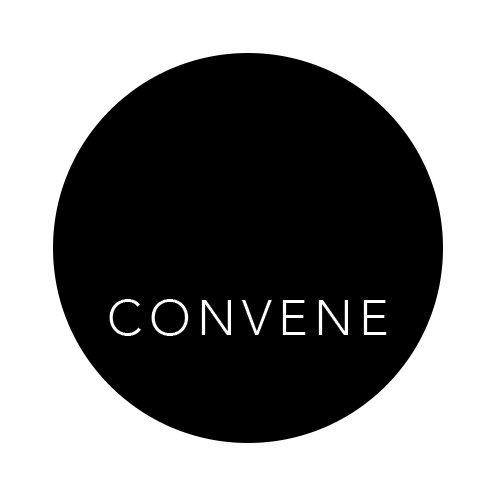For Better or Worse: How Can We Forge Partnerships Built to Last?
Almost 10 years ago I wrote a brief on partnerships within research for development. It posed a series of questions about partnerships, addressing their necessity, the partnership identification process, the value add of partnership, and becoming a partner that others want to work with. In hindsight, the brief was pretty common sense and straightforward and glossed over the very real stresses of challenges like Covid 19, conflict, and climate change.
Taking Another Look
Covid-19 turned the world on its head. It drove creativity in approaches to engaging, convening, and partnering. It closed offices but opened new virtual spaces for interactions. Yet partnerships remain both a risk and a mitigation strategy at the same time, depending upon how they are developed, managed, and portrayed. Some take time to take root and mature, while others show up when they are needed most.
Blue skies and healthy finances help make good, perhaps easier partnerships. But what about partnering to get through the tough times – global pandemics, wars and deluges? Ten years ago I suggested that partnerships are not necessary; but if we want our science or technologies to persist and lead to change, the reality is we will need help along the way. We will need partners. Today I would add that we should always be looking for partners who need our help, as well as those who can help us.
Showing Up When Needed Most
The true test of partners is that they are there when we need them. But it may seem counterintuitive to reach out during changes, challenges and crises as we try to keep our own heads above water. We expect partnerships to be mutually beneficial, complementary, and durable where each works to their strengths. This is, almost by definition, an investment over time, which is increasingly rare.
In the age of hedge funds, take-overs, and restructuring, who dares enter into partnerships that may ‘give comfort to the enemy’? What incentive is there for investing in partnerships with no guaranteed return, or worse, one which might give the competition an advantage?
Partnerships under pressure should be built on trust, transparency and a bit of bravery. These partnerships can engender confidence in your own team that they are not ‘in it alone’ and that there is qualified help for the asking. Bravery comes in recognizing that power and money are much more productive when they are given away to those we trust—so pick your partners wisely, trust but verify, and put them in a position to succeed, sharing the credit when they do.
Capacities to design and interrogate change pathways for development have come a long way in the last decade. These simple tools help map out plans for getting from the current situation to where we want to be. Central to the journey is identifying and supporting the partners who can help us contribute to that change. Partnerships may look good on paper, in proposals, and in forging pathways, but they become even more valuable when they have been stress tested and used to cope with real-world challenges.
- Amy Sullivan, Convene


